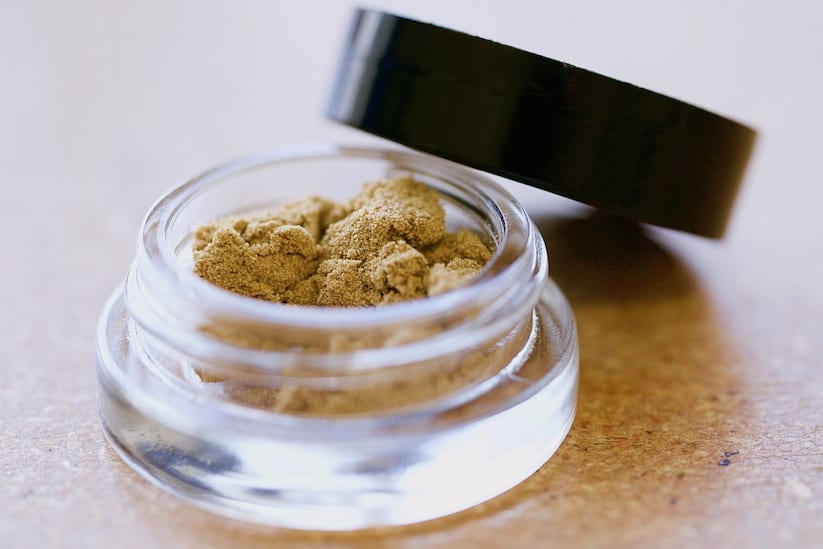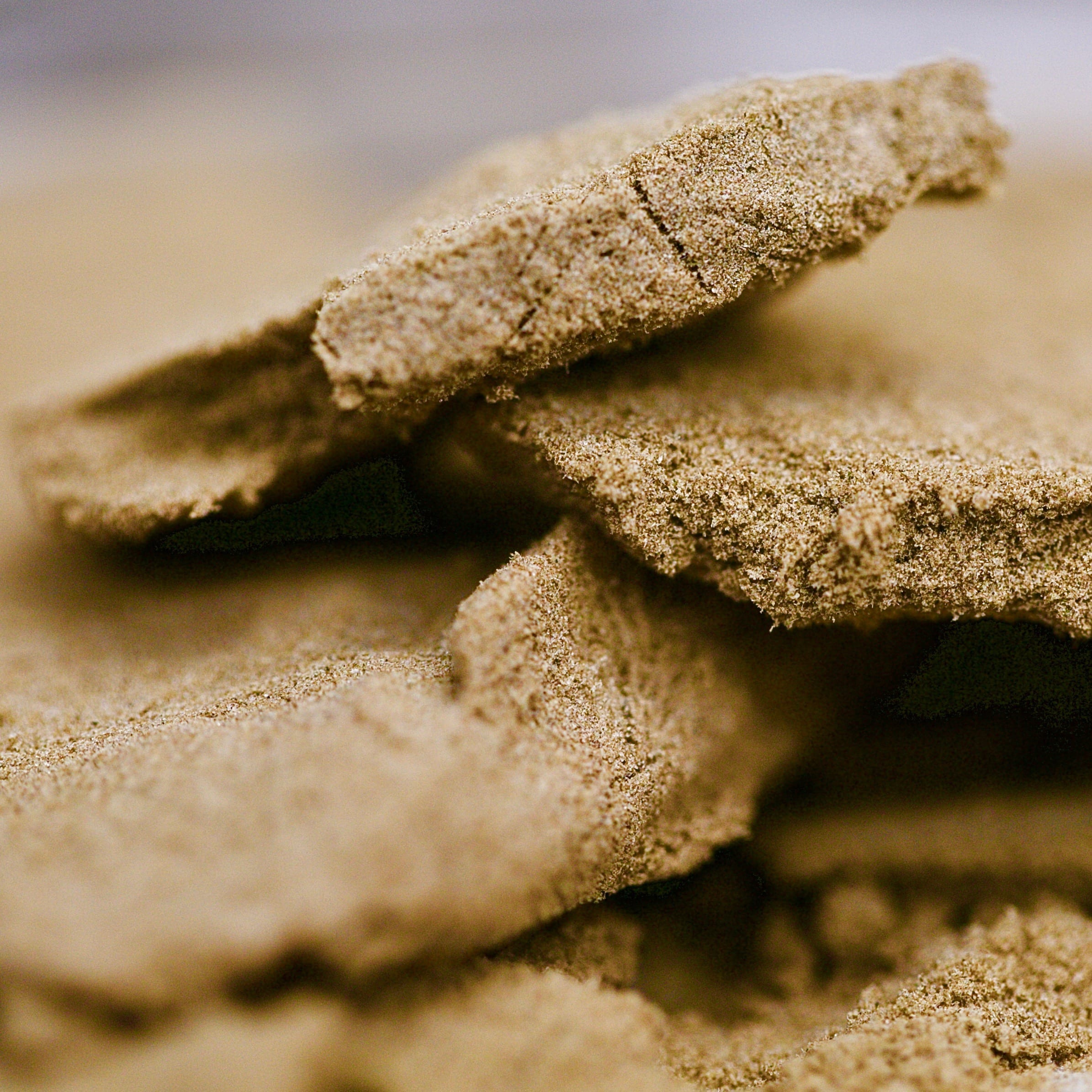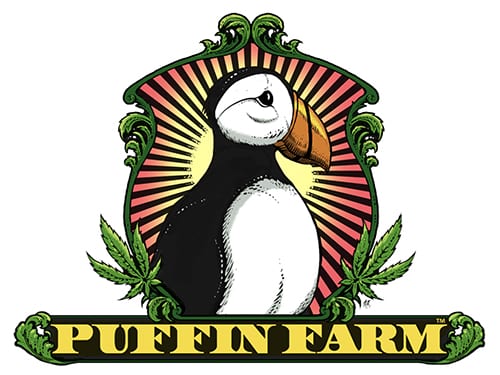In the spirit of Hashapalooza, we interviewed Jeff Wilhoit, Puffin Farm’s Director of Extracts with all of our hash questions!
 How did you become Puffin Farm’s Hash Master?
How did you become Puffin Farm’s Hash Master?
It all started back in 1998 when I bought my first kief box at Tonasket Barter Fair. I have always enjoyed smoking hash but it was not easily available in the late 90’s. This kief box gave me the ability to make my own hash and inspired me to go on to learn other methods of extraction. In 1999-2000, I came upon bubble bags and full melt bubble hash. I have been making it ever since. During February 2015 when flower rosin started to become a known thing, I was processing bubble hash and CO2 for the Washington medical market. I went to visit a friend that was processing medical cannabis in Cali and we came up with the method of filtering hash in a 25 micron screen, and it was then that the method so loved by hash rosin consumers was born. After medical was killed by legislation in 2016, I found a home at the Puffin Farm nest with lots of clean green certified material to process— and the rest is history.
What is your favorite part of the job?
I love creating new processes for extraction and seeing them result in super terpene rich concentrates. Oh, and Hash Rosin!!!
What about the process makes hash different than other types of concentrates?
- The solvent will extract constituents based on the polarity of the solvent (you get what is extractable by the solvent and the rest is left in the plant material).
- When you remove the solvent from the extract you also remove some of the terpenes— and this leads to an extract that is a less pure representation of the constituents of the the flower.

Why do you think hash isn’t as prevalent as other concentrates?
Price and availability. The cost of producing hash is higher than concentrates that use solvent methods. It requires high-quality material to produce high-quality hashish. You can take low-quality material and easily make it into something like distillate, but you cannot make it into high-quality hash.
Can I dab hash? What about vaping it?
What is the difference between *2, 3*, and 4* hash and what are the recommended ways of consuming each?
5* hash – melts to a puddle and boils large clear domes with the contaminate leaving a crater of bare screen in the center with residue on the edges of the clear dome crater.
Smoke it on a screen, or dab it on a nail.
6* hash – melts through the screen and leaves almost no residue on the screen.
Dab it on a nail.
What kind of high can I expect from hash?
A clean high that is a representation of the high experienced from the flower.
How much flower does it take to make 1 gram of hash?
10-20g of starting material to make a gram of hash.
It seems to be a trend that many hash makers keep their process or at least elements of their process highly classified. Why do you think that is? And what do you think about that?
 Hash makers like to have a secret sauce that is different from other processors. You see this in all facets of life, we like to stand out. I personally have promoted hashish and its production methods publicly for as long as I have been making hashish in hopes that more hashish would be produced. I do not believe that the processor is the magician. Sure, they take precautions to avoid contamination and create methods that make beautiful hashish possible. But, when it really comes down to it, the material is what makes the hash. You can give material to a beginner hash maker and a seasoned pro and if the material is low quality so will be the end result. If you give them both excellent quality material, they will both come out with a high quality hashish. It’s really all about the material, the Pro high quality hash will be a little better because they know a few more tricks, but no pro is going to be able to turn trash material into high quality hash.
Hash makers like to have a secret sauce that is different from other processors. You see this in all facets of life, we like to stand out. I personally have promoted hashish and its production methods publicly for as long as I have been making hashish in hopes that more hashish would be produced. I do not believe that the processor is the magician. Sure, they take precautions to avoid contamination and create methods that make beautiful hashish possible. But, when it really comes down to it, the material is what makes the hash. You can give material to a beginner hash maker and a seasoned pro and if the material is low quality so will be the end result. If you give them both excellent quality material, they will both come out with a high quality hashish. It’s really all about the material, the Pro high quality hash will be a little better because they know a few more tricks, but no pro is going to be able to turn trash material into high quality hash.
